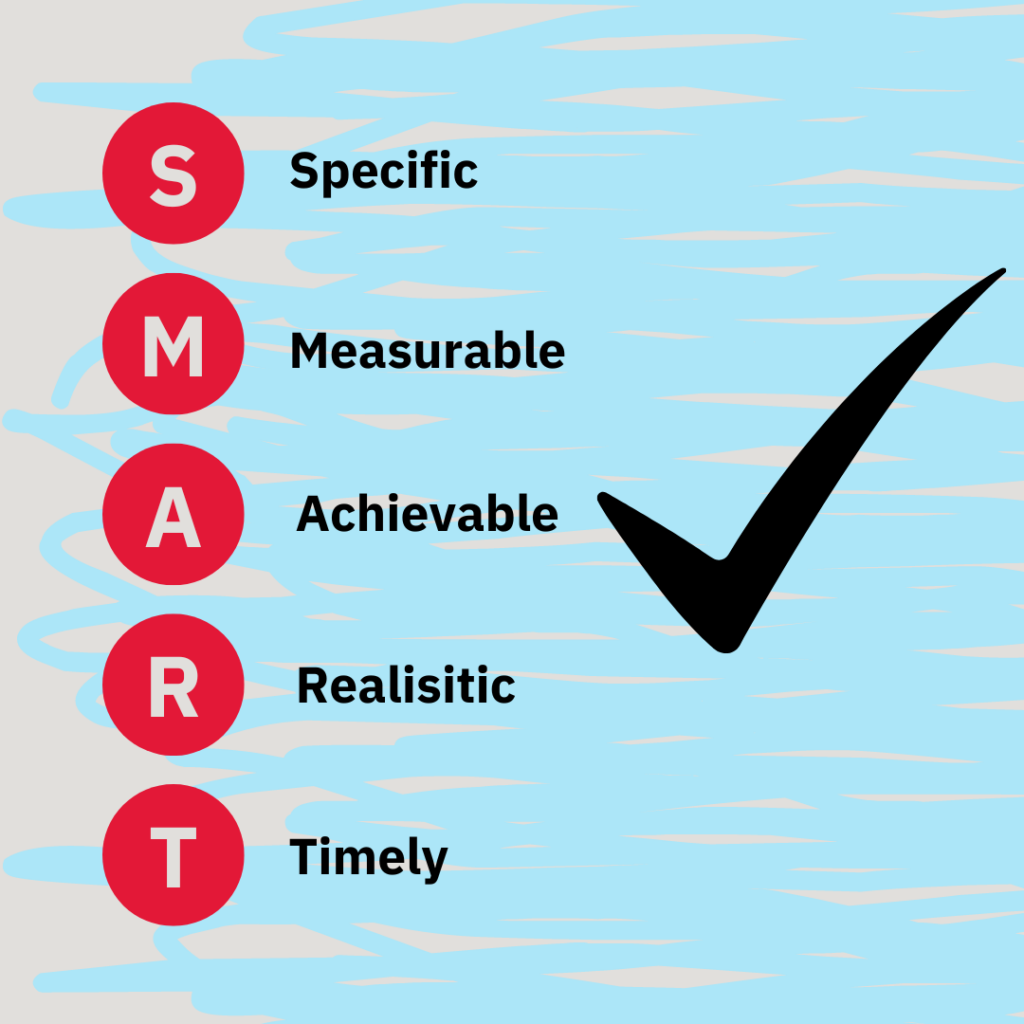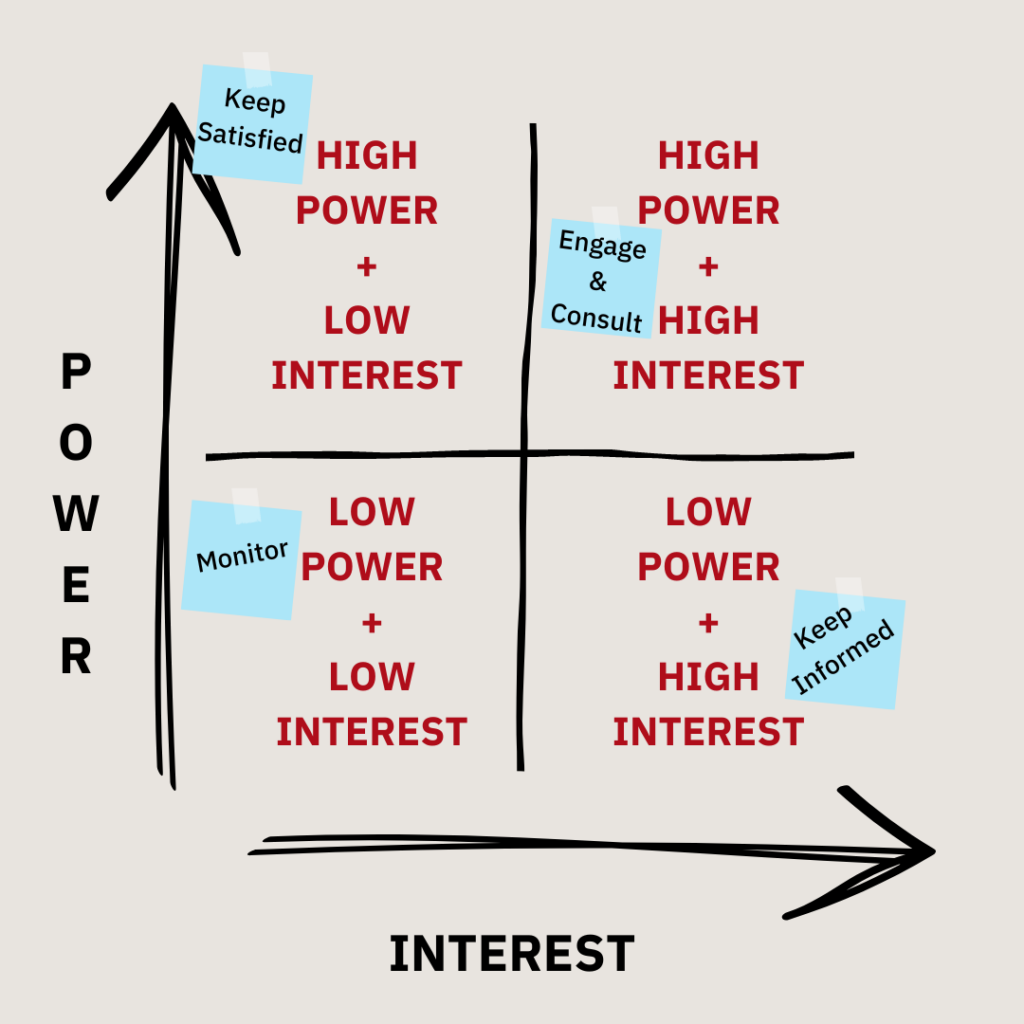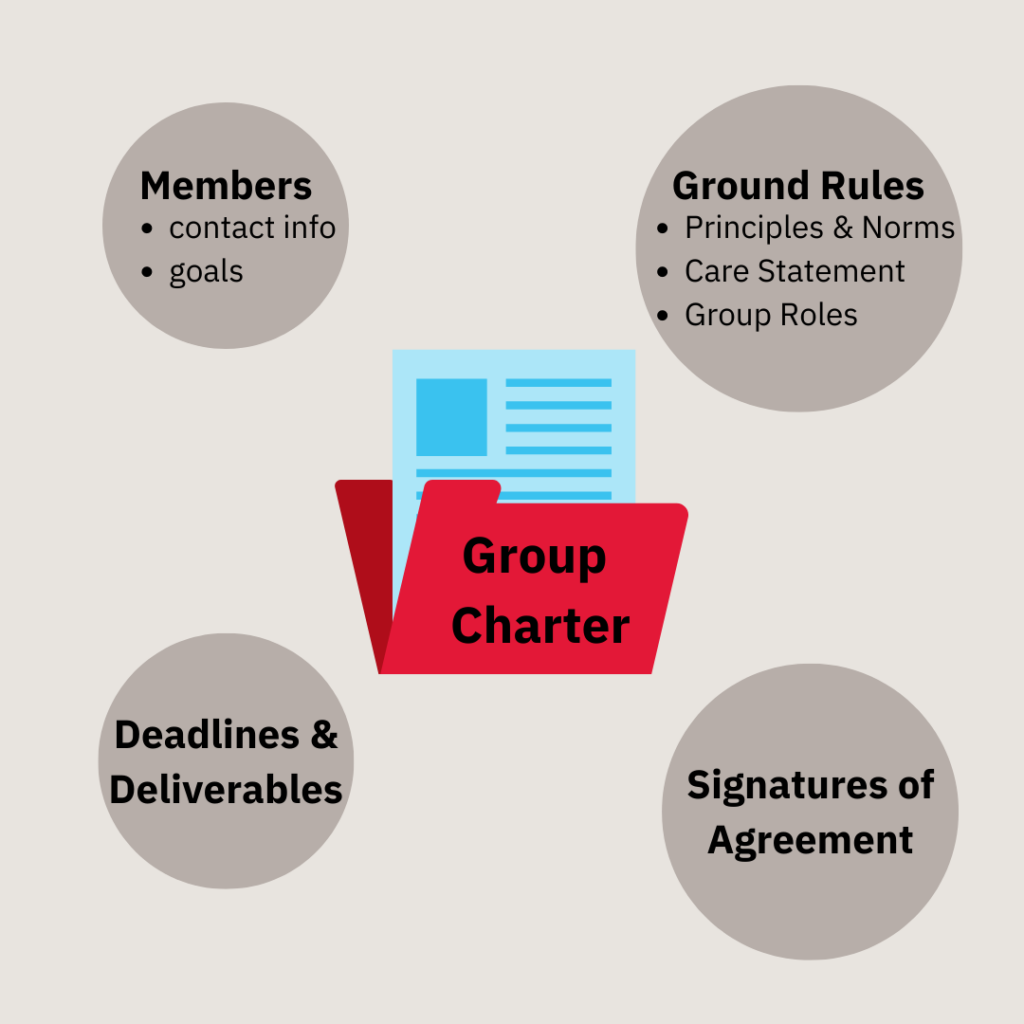Start your project off on the right foot with this module, which helps you create your project goals and design the processes you will need to achieve them.
Tips
As Napoleon Hill said, “Goals are dreams with deadlines!” So make sure that you create SMART (Specific, Measurable, Achievable, Relevant, Time-bound) goals for your project.
Tools

S.M.A.R.T Goals: Explained
Want a quick guide to setting S.M.A.R.T goals? This article is perfect for you.
Wondering where to start with S.M.A.R.T goals? This resource tells all.

Knowledge is Power!
If you are looking for some personal development books that’ll help you through your project journey, here are our top picks! Read them for free at York Libraries!
Atomic Habits by James Clear
Make Time: How to Focus on What Matters Every Day by Jake Knapp and John Zeratsky
Deep Work by Cal Newport
Templates
Here is a S.M.A.R.T Goals Worksheet to get you started.

Who's Involved
Projects are inherently collaborative activities. Your project is likely to involve participants, funders, audience members etc.. Rather than assuming you know what they need and expect, take the time to ask them, at this stage, to prevent misunderstandings later. This is especially important if you engage with people from marginalized communities or who identify differently than yourself.
Tips
Tools

Stakeholders
Here is a quick read about why your stakeholders matter and how to conduct an analysis.
If you're looking for a more in-depth explanation, read the PDF linked below.
On the other hand, if you just want an overview of what you need to know, check out this video!
Templates
Grouping your stakeholders can help you prioritize them. Try this Power Interest Grid!

What You Need
Every project requires resources like people, materials, expertise, and money to name a few. To create a solid foundation for your team, be sure to fully understand the people working with you on the project as they are your most important resources! Learn about their skills, knowledge, and motivations for being involved, as well as what role(s) they would like to play.
Tips
Organize yourself with free online tools like MS Teams, Google Sheets/Docs, or Notion.
Tools
Templates
These group charter templates will help your team establish some ground rules, goals, roles, and responsibilities to get the project started. Be sure to check out the examples!
Tips
Break the project into smaller milestones with deadlines to make the process less overwhelming. Celebrate when you hit a milestone!
Tools

Making a Plan
Looking for tools to help you plan? The Communication & Planning Tools Guide provides many of the resources you’ll need.

Eisenhower Power Matrix
Not sure what to do first? Learn how to prioritize tasks using the Eisenhower Power Matrix.
Templates
Planning a project doesn’t have to be a complicated process. York offers a simple Project Plan Template, or you can browse this project planning resource to download a template.
These free collaborative platforms offer options to help your team communicate efficiently and effectively:































